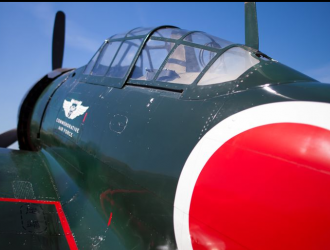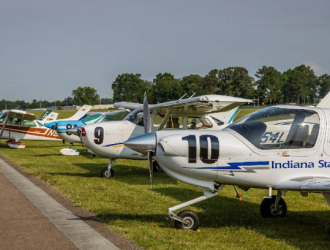
Phase Two Enhancements (P2E) include what BAE Systems now describes as “initial integration” of MBDA’s Meteor BVRAAM and Storm Shadow air-to-surface cruise missile. P2E also includes additional human-machine interface (HMI) and availability improvements, according to BAE Systems.
“Final integration” of both weapons is part of P3E, which also includes the MBDA Brimstone 2 close air support weapon. At the Farnborough Airshow last July, BAE Systems flew a Typhoon fitted with Paveway IV, Meteor and Brimstone weapons, but not Storm Shadow. In our report at the show, AIN noted the particular integration challenges for the Typhoon of adding this heavy cruise missile.
The RAPTOR pod is similarly heavy, and is too large to fit on the optimum centerline station of the Typhoon, because of inadequate clearance between the aircraft’s extended undercarriage doors. UTA Aerospace Systems (UTAS) has proposed an adaptation of the Typhoon’s centerline fuel tank to carry a significantly upgraded version of the RAPTOR. UTAS predecessor Goodrich delivered the RAPTOR to the RAF from 2001, and subsequently downsized and sold it as the DB-110 sensor to more than a dozen air forces, mostly for their F-16s.
In the proposed Fast Jet Pod 2 (FJP2) for the Typhoon, UTAS would include the multispectral imagery upgrade that converts the DB-110 to MS-110 configuration, as described by the company to AIN at Farnborough last July. The FJP2 could alternatively house the tactical synthetic aperture radar (TacSAR) that UTAS launched in a joint venture with Leonardo (then Selex Galileo) at the previous Farnborough airshow in 2014.



